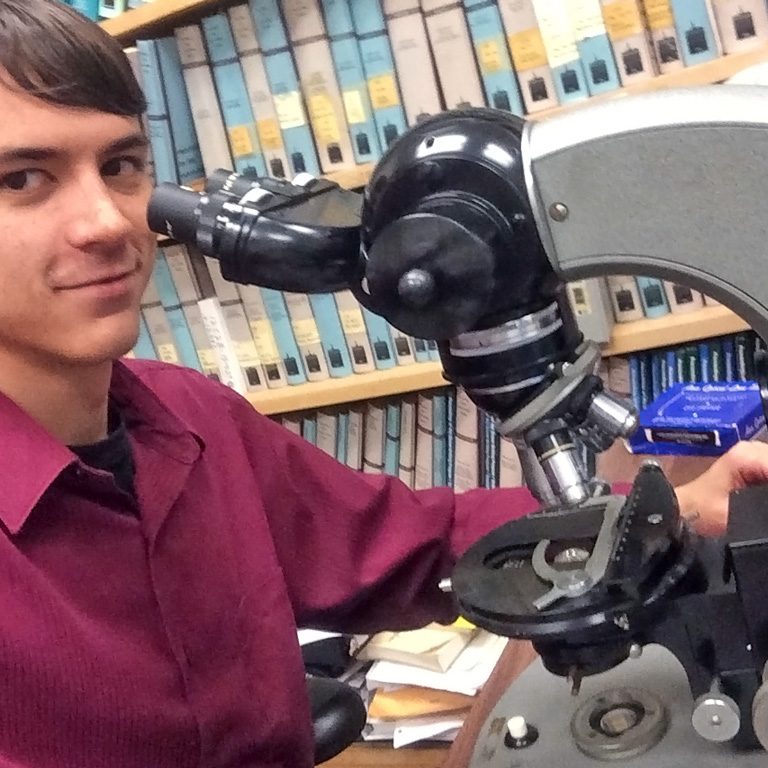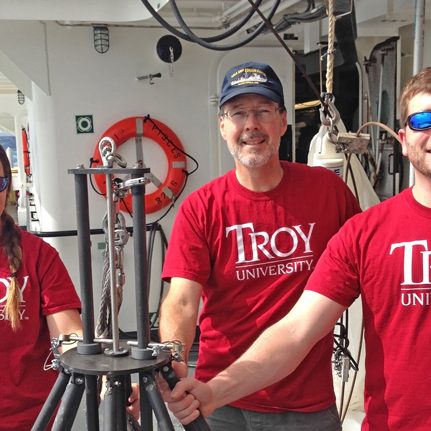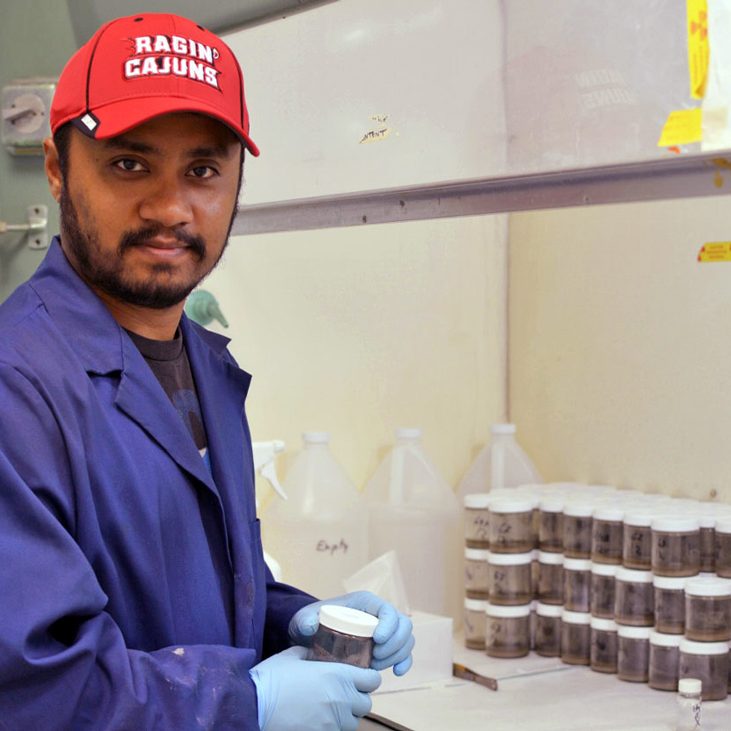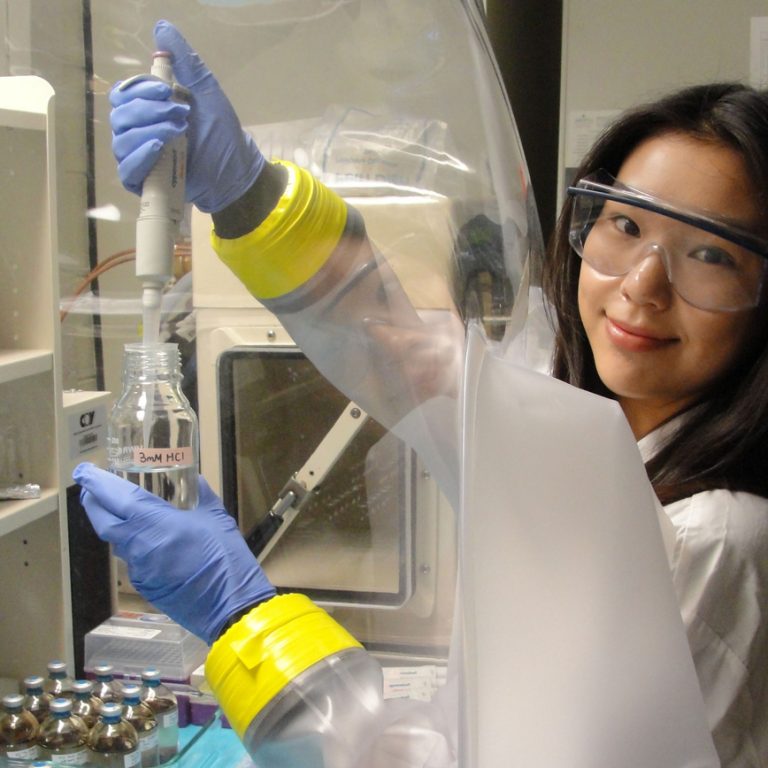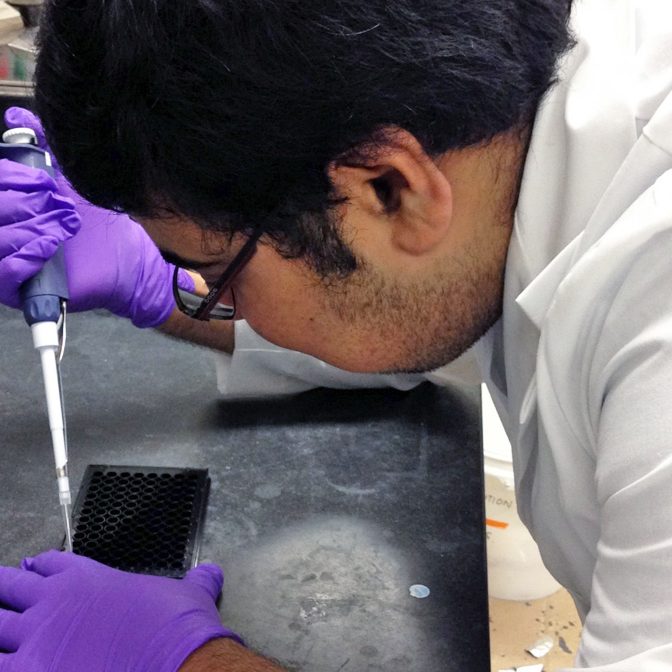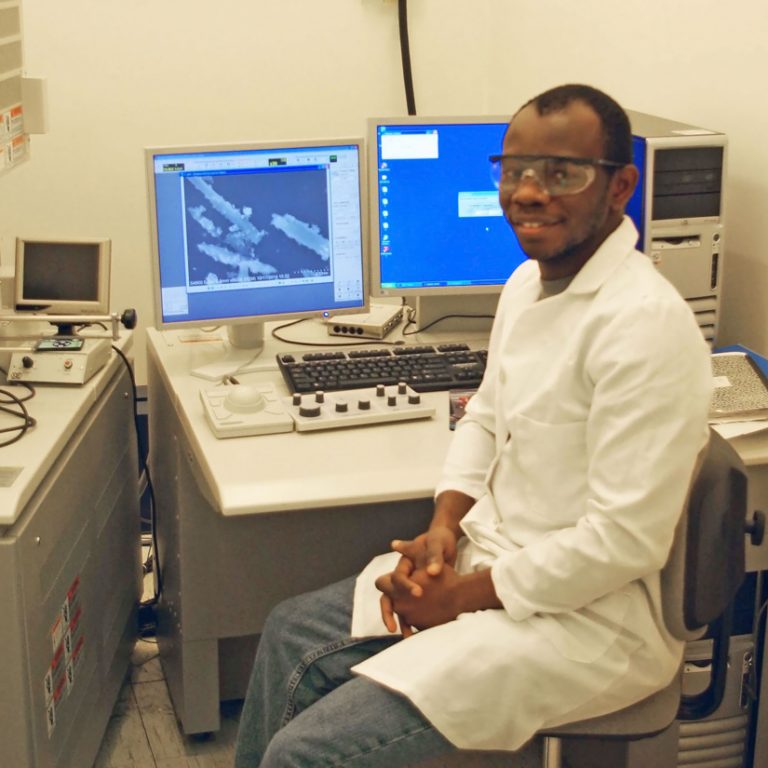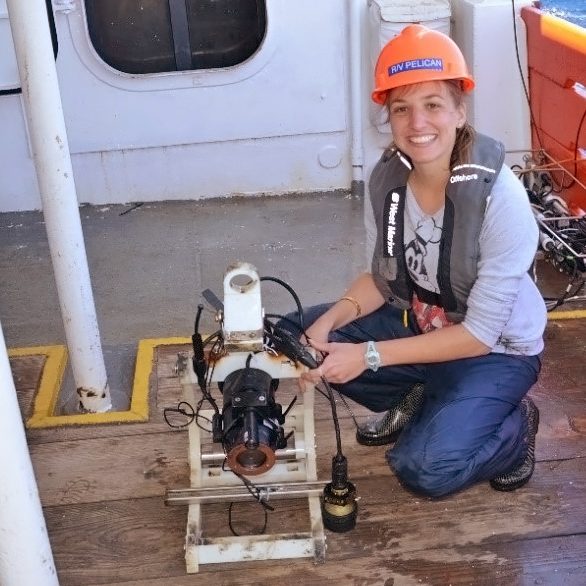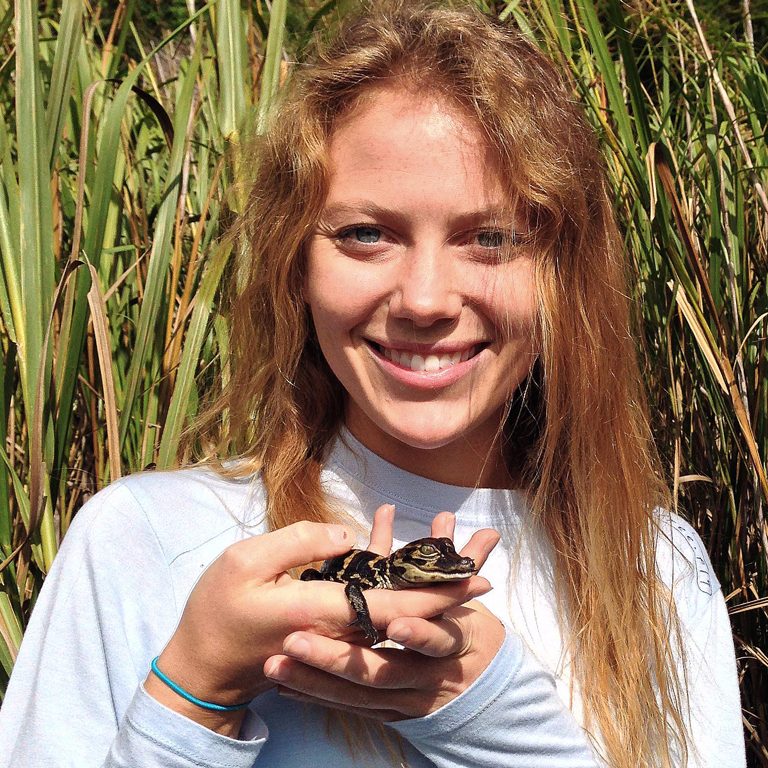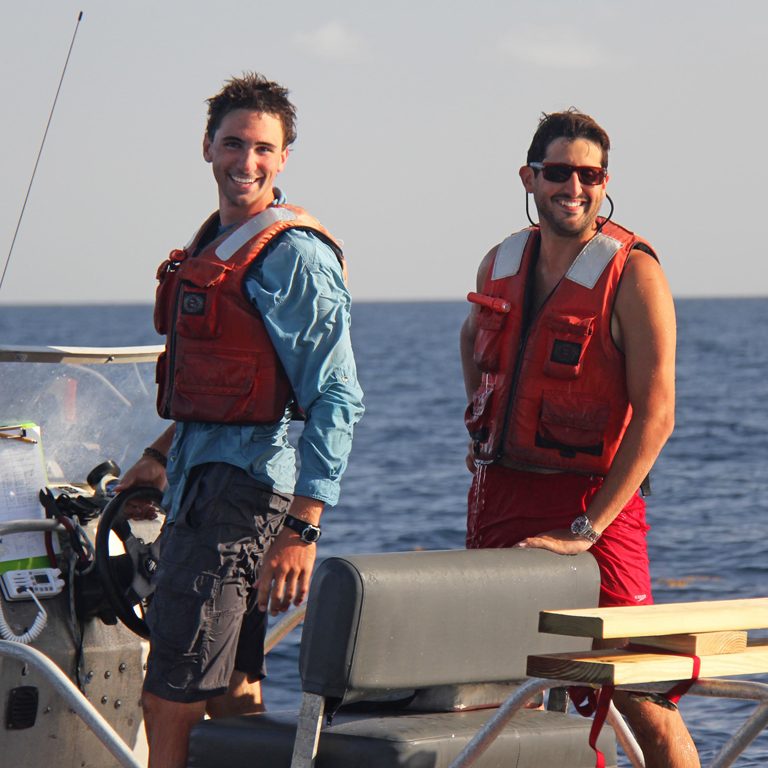The GoMRI Scholars Program recognizes outstanding graduate students and the vital research they contribute to improve understanding about the damage, response, and recovery following the Deepwater Horizon oil spill. The Scholars Program honors and builds community for these next generation of ocean science professionals.
These students serve as essential team members for much of the research underway and bring creativity, curiosity, and energy to the GoMRI scientific program. They represent the successful manifestation of the second GoMRI Legacy Goals, building scientific and intellectual capacity for response and mitigation strategies for future oil spill events.
Candidates for this program must be graduate students who have participated in a GoMRI-funded project for at least one year, whose work is primarily funded by GoMRI, and who are working on a dissertation or thesis based on GoMRI-funded science. On a semi-annual basis, the lead Principal Investigators of GoMRI-funded projects nominate students who meet these criteria.
Following confirmation, each scholar will receive a letter of congratulations declaring the title GoMRI Scholar along with a certificate from Dr. Rita Colwell, GoMRI Research Board Chair. GoMRI will collect information about these scholars and their careers and accomplishments for longitudinal studies and program impacts.
Below are GoMRI Scholars Highlight Stories that have been featured on the web site. For a complete list of scholars, click on the ‘People’ tab for any funded projects to view the list of GoMRI Scholars with affiliation for that project.
Jarrett Cruz has been all over the world studying nannoplankton, a marine species he did not know existed when his journey began. Jarrett’s research into these minuscule creatures spans both biology and geology as he studies the impact of oil on nannoplankton that live in the Gulf of Mexico.
Ceil Martinec picks microscopic creatures out of mud collected from deep in the Gulf of Mexico. She is looking for possible lingering effects of the 2010 oil spill on sediment-dwelling animals and making some exciting discoveries along the way.
Nihar Deb Adhikary uses his veterinary training and microbiology research to better understand the connections between oil fate, microbial degradation, and sediment-dwelling organisms such as shrimp and clams.
Bicheng Chen is dedicated to seeking the physical explanations behind everyday phenomena. His research on ocean turbulence and numerical modeling led him to investigate the interactions among wind, waves, and turbulence and their effect on oil transport and dispersion.
Boryoung Shin is breaking new ground in microbiology, uncovering little known facts about an enigmatic and important species in the Gulf of Mexico.
Subham Dasgupta’s dedication to understanding oil and dispersant toxicology stems from his roots in India. Having grown up in a community where fishes are an important part of the diet, his research assessing oil and dispersant exposure’s effect on fish health has a special importance for him.
An interest in oil spill research led Olasehinde Owoseni from Ile-Ife, an ancient city in Nigeria, to the Louisiana coast. Such a change might seem intimidating, but Sehinde sees it is as a small step toward his greater goal.
Caroline Johansen laughs when her family tells others that her research involves counting bubbles. But the bubbles she studies come from seeps at the bottom of the Gulf and contain naturally-occurring hydrocarbons that are an important part of the deep-sea ecosystem.
Unhealthy diet and inactivity are the first things that people think about that cause obesity. However, Alexis Temkin is finding an unexpected potential contributor to increased fat cell production: a component in dispersants used for oil spill cleanup and many personal care products.
After the Deepwater Horizon oil spill, many Gulf residents wanted to know where the oil was going and how fast it would get there. Conor Smith is improving the accuracy and turn-around time of satellite-derived surface current velocity estimates for better ocean transport information.

